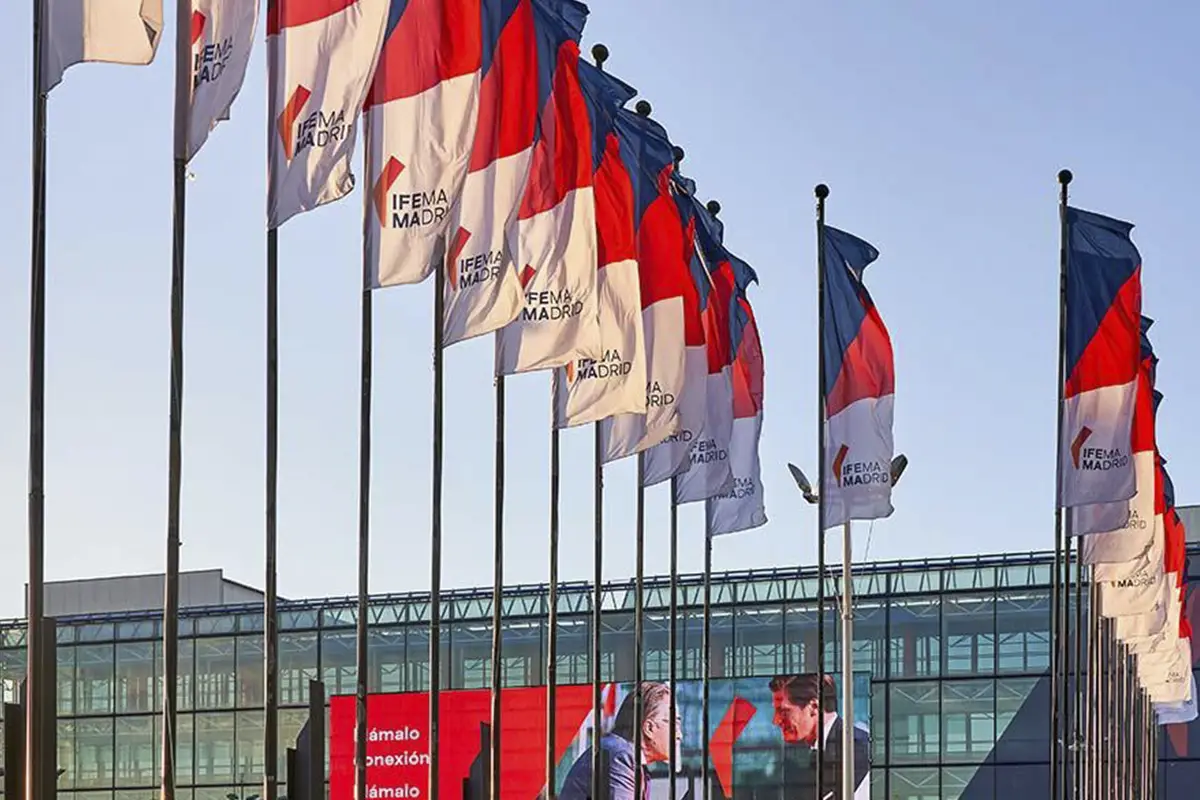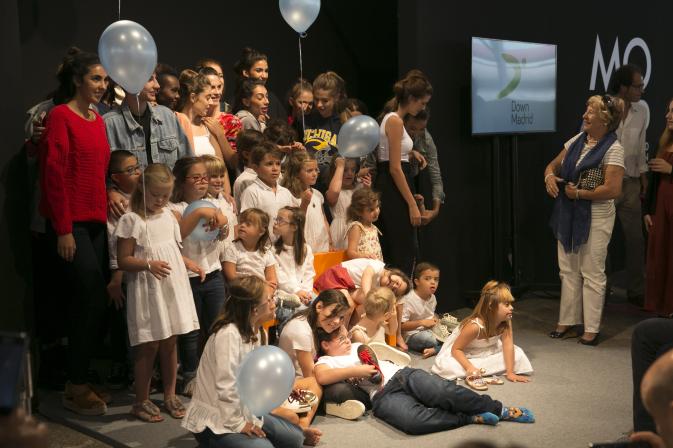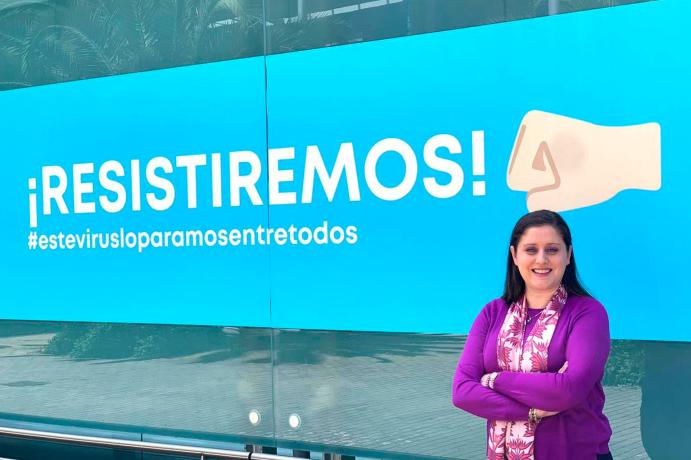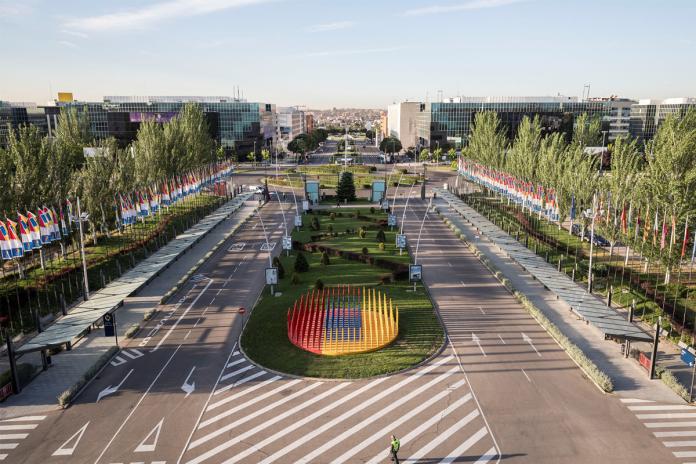Con IFEMA MADRID conseguirás...
Fortalecer las relaciones comerciales con proveedores
Durante la feria podrás agendar citas comerciales con actuales y potenciales proveedores.
Encontrar nuevas oportunidades de negocio
Genera y completa tu base de datos con nuevos contactos que puedan acabar en ventas.
Consolidar tu imagen de marca
Logra visibilidad en un escaparate privilegiado para darte a conocer y formar parte del circuíto de tu sector.
Ampliar tu repercusión mediática
Logra cobertura mediática y crea novedades para atraer a los medios. Obtén un elevado volumen de información relevante.
En nuestros espacios, múltiples posibilidades
Sea cual sea el evento que tienes en mente encontrarás en IFEMA MADRID el lugar idóneo para acogerlo. Nuestros espacios se transforman según tus necesidades para poder crear eventos únicos.
Convenciones y Congresos es una división especializada en la gestión del alquiler de espacios para la organización de eventos, congresos y ferias organizadas por otras empresas.
Contamos con dos sedes. Con el Recinto Ferial y el Palacio Municipal, ambos espacios están bien comunicados con el centro de la ciudad y próximos al aeropuerto. La estación de metro Feria de Madrid se encuentra situada junto a los accesos a ambos recintos.
Espacios amplios y seguros para la realización de pruebas presenciales.
Elegimos los pabellones que más se adapten al tipo y tamaño de convocatoria que necesite. La amplitud de nuestros espacios nos da la flexibilidad suficiente para distribuir los flujos y establecer las distancias adecuadas. Aplicamos estrictas medidas de limpieza y control de accesos y tenemos el recinto preparado con señalización al respecto. Además, nuestros altos techos y sistema de circulación de aire, garantizan la mejor calidad posible.
IFEMA MADRID cuenta con su propia Dirección de Ferias de Público y Eventos de Ocio, encargada de la gestión y comercialización de espacios para la celebración de Conciertos y Festivales, de formato medio y grande, y que incluye una Oficina de Coordinación con un equipo especializado en el sector, que permite asesorar al promotor de la manera más adecuada, acorde a las necesidades de sus proyectos.
Expert talks

IFEMA Madrid: El Escenario ideal para su próximo evento de éxito
Organizar tu evento en IFEMA Madrid te brinda acceso a un espacio con instalaciones modernas, una ubicación estratégica en el corazón de Europa y un equipo experto que lo ayudará a llevar a cabo una experiencia exitosa e inolvidable para su audiencia.












